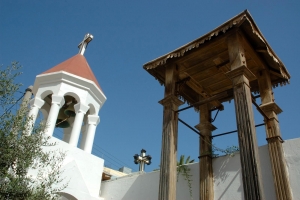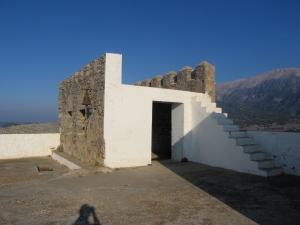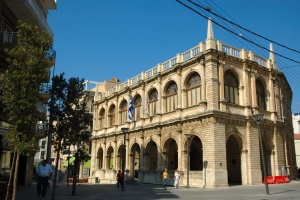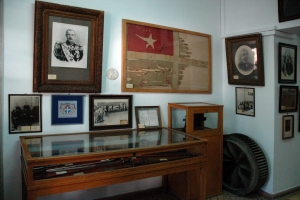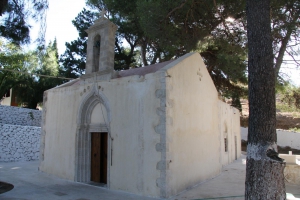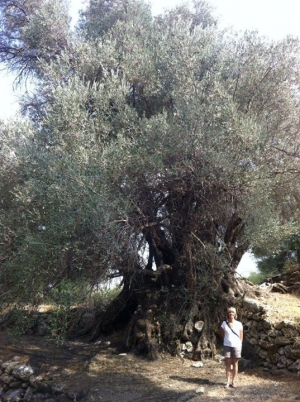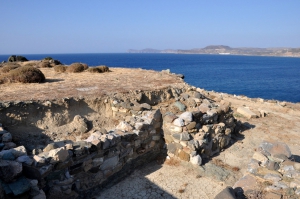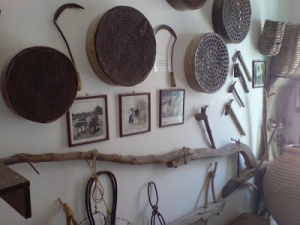Saint George was a relatively small three-nave church built in the second Byzantine period and ceded to the Armenians who had settled in Heraklion at that time, possibly on the orders of Nicephorus Phocas.
Besides the two Koules of Askyfou, several other Koules had been constructed in the present province of Sfakia in order to suppress the revolutions of the Sfakians.
The Venetians used to build a luxurious building in each of their cities, where the nobles could pleasantly spend their time and socialize. In Candia, they built the Loggia (meaning Noble Club) which is now met on the August 25 street.
The Historical Archive of Crete was established in 1920 in Chania and operated informally until 1928, when it was recognized as a public entity. Since 1943, it is a Public Service and operates as an annex to the General State Archives.
The monastery of Agia Moni (Holy Monastery) is located about 60km east of Heraklion and 38km west of Ierapetra, near Kavoussi Gorge. It can be accessed via a short road that starts from Ano Viannos and passes through a verdant landscape.
The olive tree has been declared by the Association of Cretan Olive Municipalities as a natural monument due to its size, shape and relief trunk. The name of the site is Gre Ele which means Old Olive and refers to this tree. Its variety is throumboelia and is grafted on a rootstock of a wild olive tree. It is estimated to have been planted in 650-500BC and is located very close to the archaeological site of Eleftherna.
The archaeological site of Trypitos is located on a small peninsula, 3km east of Sitia, near the beach Karavopetra, which has stunning view to Sitia city. It is considered to be the ancient city of Sitia, Itia, which was originally the port of Praesus. The city flourished in the Hellenistic period (350BC-50BC).











